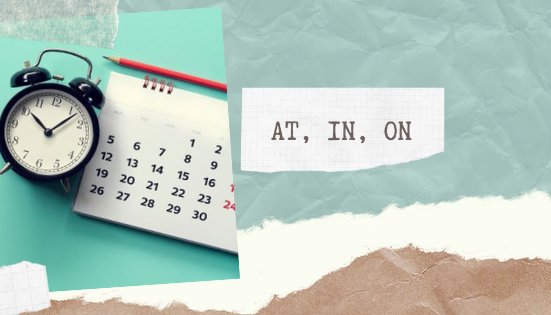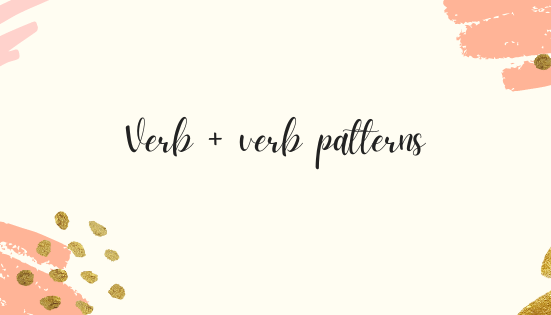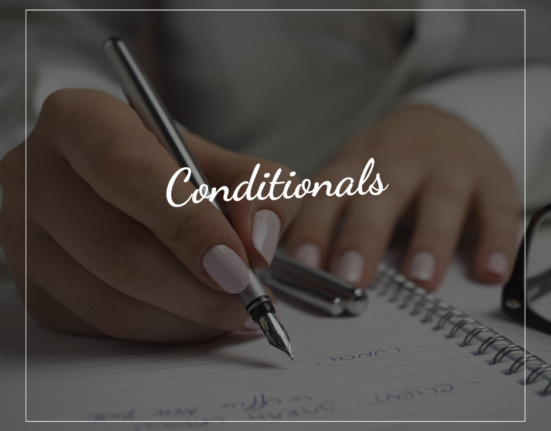Did you learn the simple past tense yet? No? Nothing to worry about. This article on simple past tense will help you understand the meaning, definition, and structure of simple past tense. Furthermore, you will also learn how to use the simple past tense and its uses along with examples.
Definition
The ‘simple past tense’, according to the Cambridge Dictionary, is defined as “the form of a verb used to describe an action that happened before the present time and is no longer happening.
Structure

Regular and Irregular Verbs
To convert regular verbs from their base form to the simple past form, we add -ed. For irregular verbs, however, the simple past form doesn’t follow this rule and can vary significantly and you simply need to learn them by heart. There are many irregular verbs but below you can find the most common ones that you need to know for daily use.
- Regular verb examples:
place – placed
dance – danced
stop – stopped
need – needed
worry – worried
As illustrated by these examples, the general rule for most regular verbs involves adding -ed. If a verb concludes with -e, we simply append -d. Additionally, for verbs ending in a consonant followed by -y, the -y is transformed to -i before adding -ed.
- Irregular verb examples:
begin – began
come – came
do – did
eat – ate
keep – kept
leave – left
Verbs that remain the same – Some verbs take the same spelling as the base verb and remain the same in the past tense.
For example: Cut – cut, put – put, hurt – hurt, set – set, hit – hit
How to Use the Simple Past Tense
We use the past simple:
- to talk about single past completed actions. Often the time is mentioned:
A few weeks ago a woman called to report a robbery at her house.
But no time reference is necessary if it is already known:
How did the burglar break in without anybody hearing him? (in the story I just told you about)
- to give a series of actions in the order that they happened:
The burglar came in through the front door, picked up the woman’s handbag, emptied it out, and stole her purse.

We often use words like next or then to indicate the sequence of events:
Then, the burglar went into the front room, opened all the cupboards and took a valuable collection of CDs.
- to talk about past repeated actions:
When her son got older he often went out to visit his friends after school.
Notice that used to and would can also be used
- to talk about long-term situations in the past which are no longer true:
Bill Murphy worked for the police force for over 17 years.

Signal words for the Simple Past
We can identify the simple past tense when the following words appear in the sentence: Yesterday, ago, last (week, year, month), in the past, the day before, with periods that have passed during the day (today, this morning, this afternoon). After as if, as though, it’s time, if only, wish, would sooner/rather.
Last night he slept with his parents
Liverpool gave away tickets to their fans last week.
Here is A-Z about the Simple Past tense, covering usage, formulas, special cases, and identifying signals. Essay King hopes that you will soon become proficient in the Simple Past tense.














